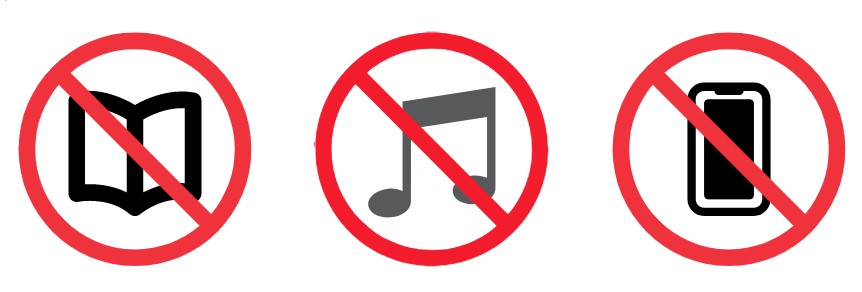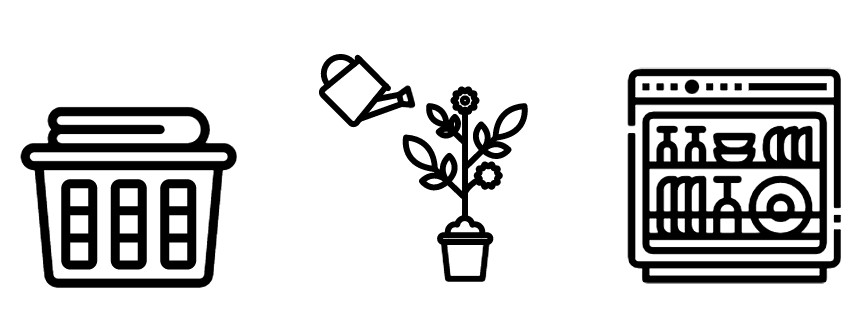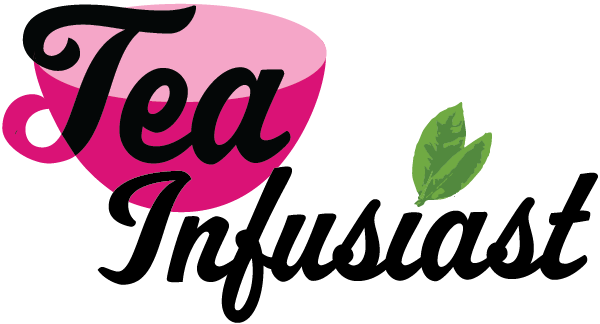What happens when you and a friend conduct a three-week “no input” experiment? In Part II of this two-part series, I share my reflections after blocking out at least 30 minutes every day not to read, scroll, or turn on anything to listen to. This experiment revealed some of my limiting ideas about when and how I practice mindfulness. It also pointed to a way that I was still buying into the cult of productivity. Changing my behavior gave me time to process my thoughts and feelings, find more contentment in the mundane, and (perhaps most surprisingly) cultivate a new relationship to traffic lights!

A dear friend and I were brainstorming ideas for a collaborative blog post. That friend–Taniya of YogaTeaPoetry–suggested we experiment by spending 30 minutes of our non-working hours every day consciously “not having any input,” and then write about it. In our initial conversation, she abbreviated this practice as “30 minutes, no input” and, subsequently, “information rest.” Completing this experiment meant we were agreeing not to read a book, scroll on the internet, listen to an audiobook, play music, do a guided meditation, etc., for at least one 30-minute block every day for 21 days.
Maybe you already spend large portions of your non-working day not reading or listening to anything, so this challenge doesn’t seem so difficult. But, that was not my case. I knew this challenge would require me to change my daily habits. My instincts also told me it might be fruitful.
Before we knew it, our three-week experiment turned into months. And, we have continued this practice. You can see Taniya’s reflections on her experience in “Information Rest: Taniya’s Perspective.” I’m sharing mine here. This exercise delivered a number of insights that surprised me! Notably, it highlighted some of my limiting ideas about place and time, my relentless urge to multitask, and the liberatory side effects of not adding input to every mundane activity.
Limiting Ideas about Place and Time
The first few days of this no-input experiment were deceptively easy for me. I started on a weekend. Each morning, I spent thirty minutes sitting at my breakfast table, fixing tea, and sipping it without reading, scrolling, or listening to something. Easy!
Then, the first weekdays of the challenge arrived. Not so easy anymore! Not at all. I wanted to do some guided meditations (oops–that’s “input”…argh!). Doing the guided meditations that were calling to me and also doing “30 minutes, no input” seemed undoable. Time scarcity was telling me that I didn’t have the ability to do both. So, I nixed the guided meditation. That felt uncomfortable.
The next day, I did the guided meditation in the morning and told myself I’d do 30 minutes at the end of my work day before coming home. But, colleagues kept coming by my office. Very nice colleagues. I love chatting with them! But, “30 minutes, no input” did not happen as planned. I had to make myself do it that evening. And–I’ll level with you–I felt salty about it! That’s when I started to fully realize how much I was using audiobooks and podcasts to distract me from the stress of the day. (Note: distraction can be good! But, not done to the point that it comes at the cost of processing the day.)
Without time in the early morning sitting at my kitchen table, it was a struggle. The no-input experiment was a chore for the next few days. I had to keep figuring out how and where to work in the 30 minutes.

Releasing the Urge to Multitask through Extra Input
Then, something shifted about two weeks in. I got up one morning and spent time checking on my plants and watering them. I thought about putting on an audio book or listening to a podcast, but I didn’t. Then, I emptied the dishwasher and put away the clean dishes. Again, I almost reflexively reached to turn on the radio, but I resisted. Before long, I realized I had gone 30 minutes with no input. I briefly wondered if this might be “cheating.” Thinking about how many times I had to resist turning on the news or listening to something, I realized it wasn’t. Although the thought to add input kept arising, it was somehow easy to bat it away each time.
From that point on in the experiment, I often consciously choose not to listen to anything as I puttered around my house in the morning before tea and meditation time. Then, I also started seeing other opportunities when I could choose “no input.” I started opting not to turn on the news or a podcast during some of my commutes. Like Taniya, I took more of my daily walks without listening to anything.
It occurred to me that prior to this experiment, almost every time that I was doing any “chore” or activity that didn’t require lots of concentration, I had been unconsciously trying to “be productive” and “multitask” by listening to the news or a podcast, etc. Although I still enjoy doing these things, I realized I could allow myself time to just do what I needed to do, without layering on other “productive” tasks. Sometimes, I still listen to a podcast while folding laundry. Other times, it feels spacious and calming to just fold laundry or put away dishes. I started making conscious choices.
Contentment in the Mundane
Cause and effect are difficult to pin down sometimes. I’m not sure if it was this no-input experiment, the cumulative effect of what I have been doing, or coincidence that led to some interesting changes. Before starting this challenge, I had been meditating consistently for a few years. And, I was setting aside quiet and mindful time with my tea every day, almost always twice a day. (I even started the Virtual Tea Table series as a way to share this practice in community.) Still, as I increasingly carved out spaces with no extra inputs, a few interesting things happened.
When I kept my focus on chores or mundane tasks, I was more often contentedly present in the moment. I remembered that a book I read and loved, Tracee Stanley’s Radiant Rest, discusses the idea of “weaving” mindfulness practice in your daily life as the “householder’s flow.” (Stanley has written about the householder’s flow here, too.) When I read those words before this experience, I didn’t connect them fully to my life. The pieces finally fell into place as I committed to “30 minutes, no input.” This new understanding led me to revisit Stanley’s suggestions for other ways to integrate mindfulness into my days.

More Time to Process and Enjoy Pauses
Other times during this no-input experiment, when I stopped multitasking, I had seemingly out-of-the-blue insights about some emotional tangles. I believe I was finally giving my body and mind the time to process some of them. I even spontaneously remembered a dream over an hour after waking up one day–something I don’t think has ever happened to me!
There were other surprising developments, too. I read a quote by Thich Nhat Hahn some time ago about red traffic lights. In How to Relax, he suggests embracing them as an opportunity to pause and do some mindful breathing. He declares: “[N]ow we know the red light is our friend, helping us to resist rushing and calling us to return to the present moment, where we can meet with life and peace.”
I didn’t absorb that idea as a real possibility the first time I read it. (Traffic can be intense where I live!) I actually chuckled when I read that passage. A few weeks into this experiment, however, I remembered that quote and started to enjoy red lights. I’m being serious! No one is more surprised than I was. I can’t say I embrace every red light. Almost daily, however, I find myself thinking I’m lucky to have this pause when I stop at a red light.
Final Thoughts on the Experiment
I don’t think I fully appreciated how much I was layering and cramming into my days. I have been intentional about scheduling and taking breaks, as I shared in “Making Time to Pause, Especially When Busy.” I’m embarrassed to admit, however, that I was approaching my days as blocks of time that were either “break time” or “multitasking time” with not much in between. I didn’t realize some of the ways that this binary thinking about my time was contributing to the cult of productivity. The approach was pushing me into unhealthy behaviors. Don’t get me wrong: I still love my podcasts, books, audiobooks, and music. But, I’m retraining myself not to reach for them just because I could add more to what I am doing. Less is often better.
Also, another important insight was reinforced by the experiment: Taniya has great ideas! I am grateful she suggested this no-input experiment. If you didn’t already, you might want to check out her perspective on this experience at the post “Information Rest.”
